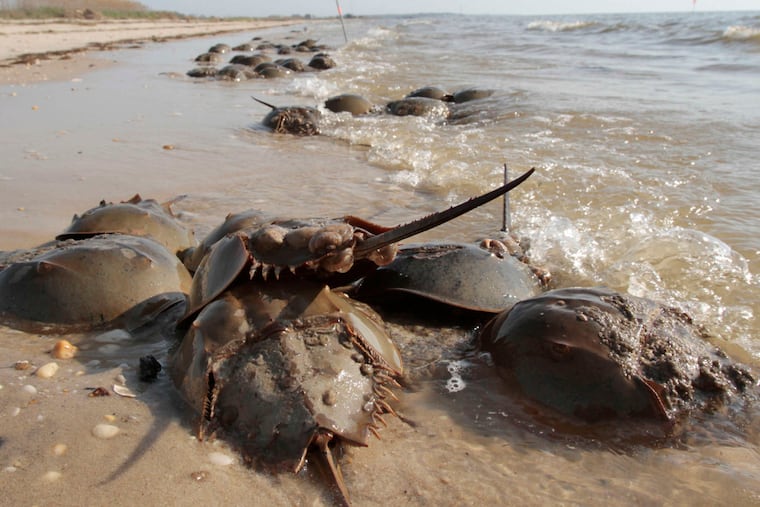Horseshoe crabs are bled by the thousands for medical tests every year. Some fear an escalation due to COVID-19.
More than 750,000 horseshoe crabs are used annually for biomedical bleeding, says a group that fears that will get much worse as countries ramp up for a coronavirus vaccine.
